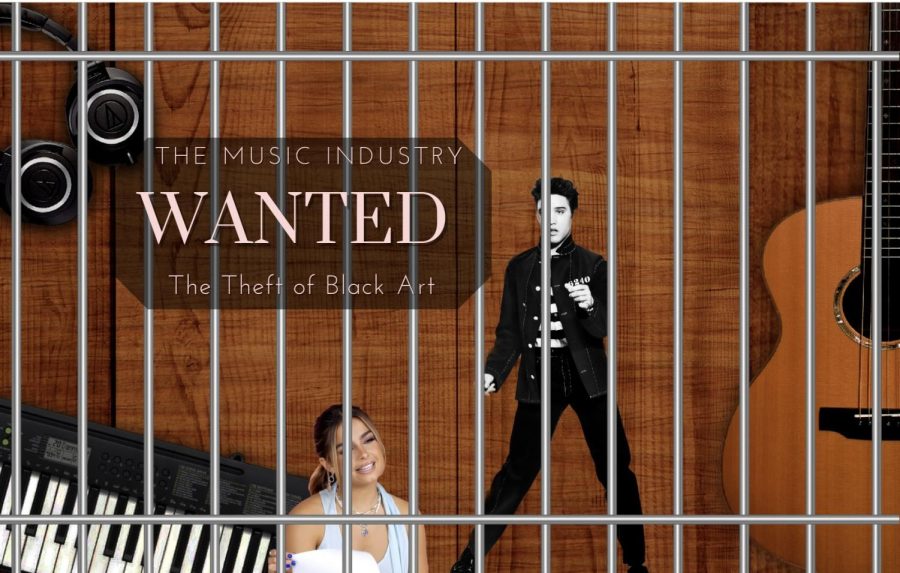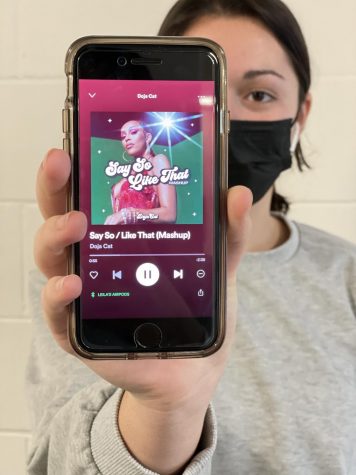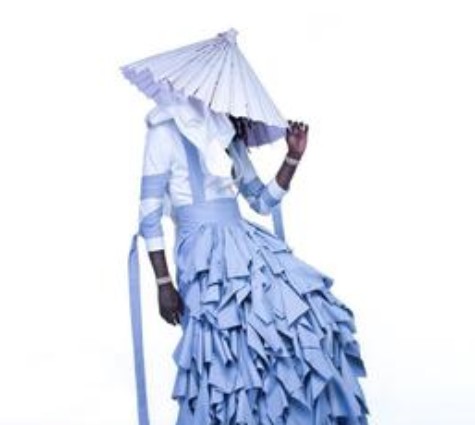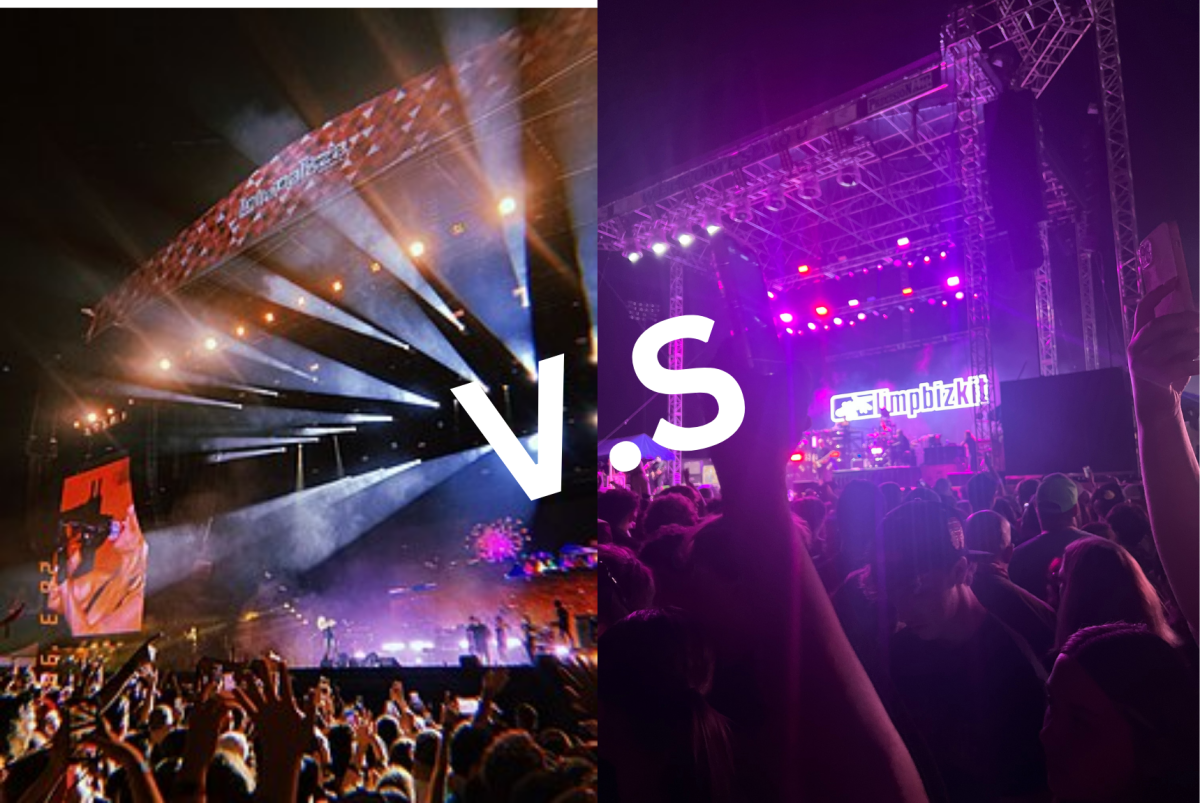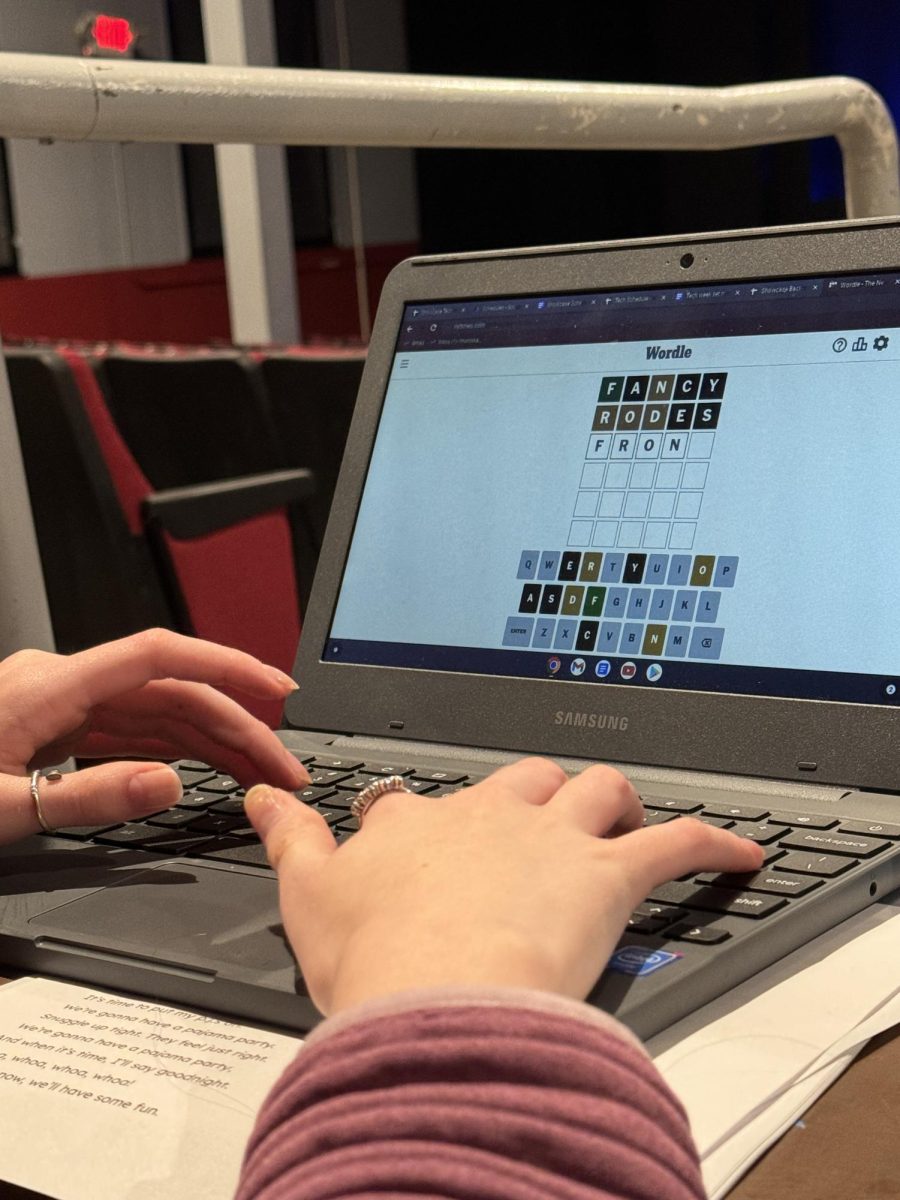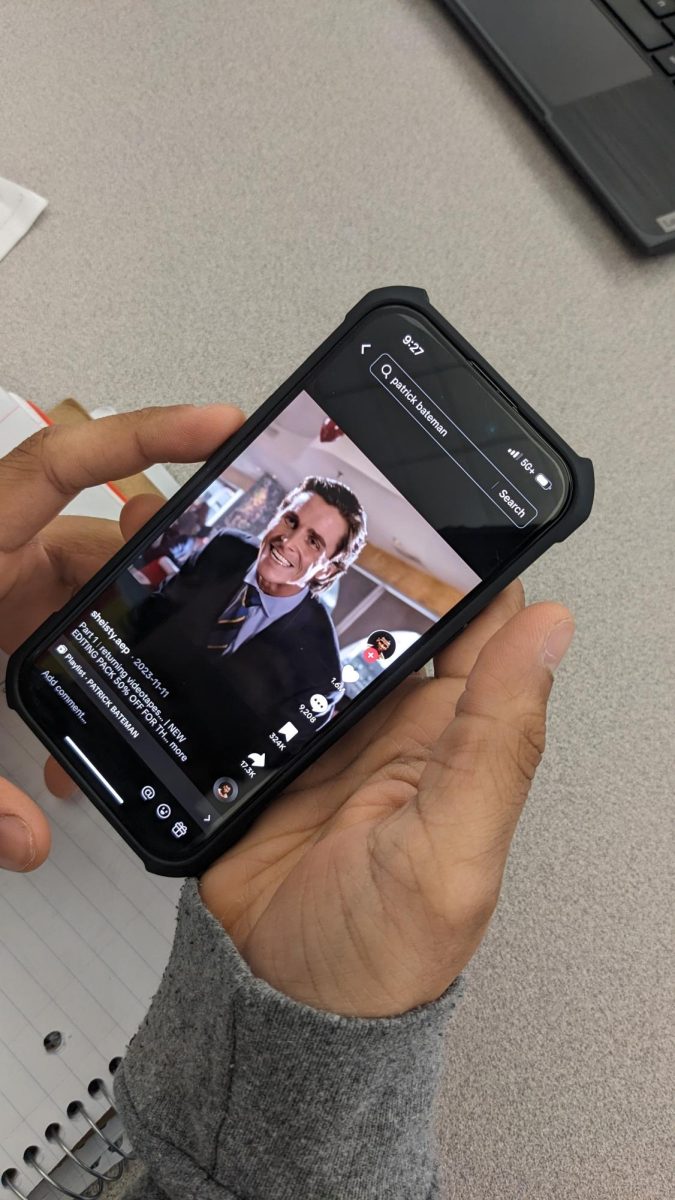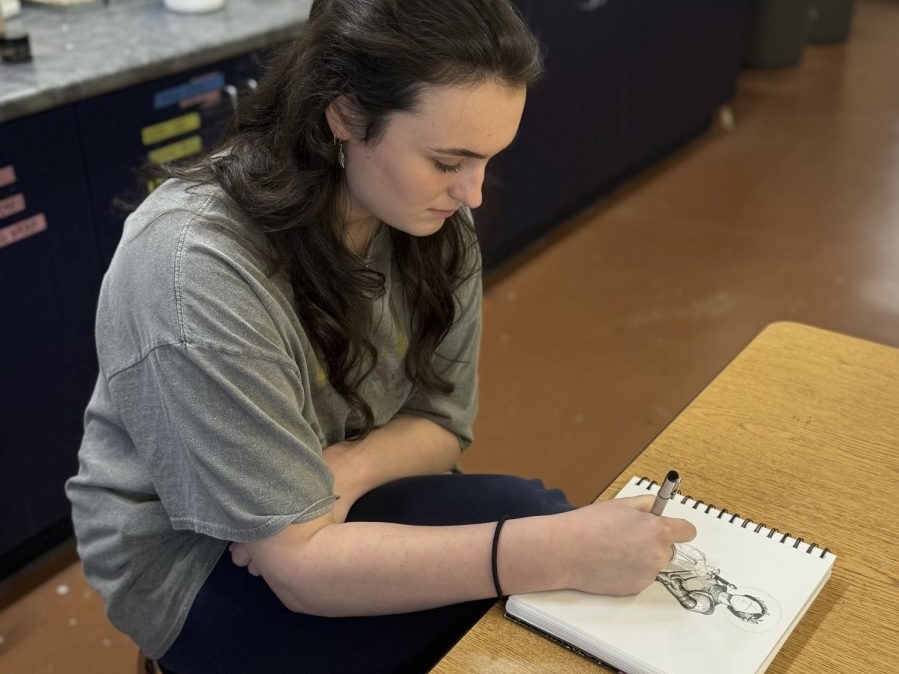Art crosses boundaries and brings people together. It transcends literal interpretations and acts as a medium to express the thoughts and feelings of the artist.
Rather, it’s supposed to express the thoughts and feelings of the artist.
For as long as there has been art, there has been theft. Certain individuals make a living off of taking the art of other people and passing it off as their own. It’s the primary reason copyright law exists today.
Still, for Black artists, these laws have done little to quell the industries that thrive on the theft of Black art.
The music industry is no stranger to this practice. Popular rockstar Elvis Presley famously covered Big Mama Thornton’s “Hound Dog” and gave no credit to the less-popular Black artist. In fact, many credit the creation of rock and roll to the Black community as a whole. A similar story exists within jazz music, which was born from Black artists, yet popularized and appropriated by white ones. Even now, pop music is fundamentally influenced by Black artists, who until recently, were given little recognition compared to their white counterparts.
This onslaught of theft, among other institutional conflicts, is one of the reasons Black people still face economic injustice today.
In the case of Thornton’s stolen hit, Presley managed to sell over five million copies of his rendition of the song. This boom in sales of Presley’s stolen work siphoned profits from Thorton without proper compensation. Every other instance of theft in the music industry is set to the same tune: white artists profit while Black artists are not credited. Senior Lexi Pelzer expressed her dissatisfaction with the white music industry. “I think that it’s unfair that, if Black artists get their art stolen and are rightfully upset, people will often say they are overreacting,” Pelzer described.
What’s worse, this recurring issue has further been exacerbated on the short-form video site, TikTok.
TikTok is known for many things, but dancing videos are at the forefront. Users can spend hours watching their favorite creators put spins on popular dances. However, there are a couple of catches. Not only do these creators sparingly credit the choreographers of these dances, they also receive profits from the Creator Fund, TikTok’s profit-sharing method to incentivize their creators. The Creator Fund is a program that funds a select number of popular creators, meaning that theft and appropriation negatively influences the profits of smaller artists.
In the case of dancing content, choreography is commonly stolen from Black creators.
In 2021, creator Addison Rae appeared on Jimmy Fallon’s Tonight Show, performing a variety of popular dances found on TikTok, notably to singer Cardi B’s 2021 hit, “Up.” But the seemingly-innocent clip of her dancing to the song became a key piece of evidence in proving that white creators regularly steal choreography from Black creators. The dance Rae appropriated was not credited to its original creator, Maya Johnson. Rae went on to earn $9 million in 2021, popularized primarily by her dance content. Youtube creator Taylor Cassidy weighed in on the issue. “[Addison Rae] did these dances and became the face for these dances. The problem with that is because she gets all of the benefits for something she did not create,” Cassidy stated.
Black artists have reason to be upset.
Art is deeply personal, and to have it appropriated by someone who knows nothing of its meaning or how it came to be is cause for distress. That being said, the profits made from stolen art is salt in the wound to Black artists, who already face systemic economic oppression. “I believe that all of the clout, the opportunities, the brand deals, the commercials, the talk shows, and all of that should go to the originators… that’s where the money is,” Cassidy continued.
We may be past the days of “Separate but Equal,” but until Black artists are credited and compensated for their work, it’s difficult to claim that we will ever see equality for all.








